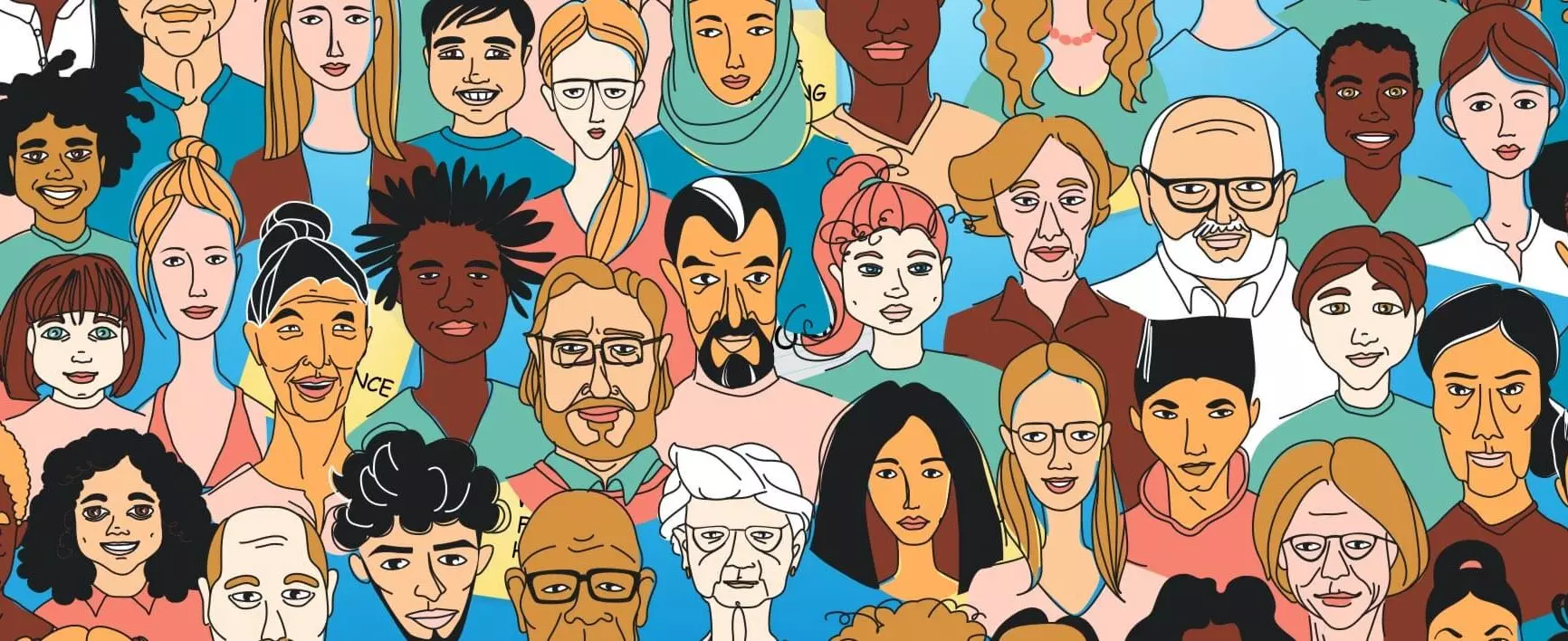Through the GRC Lens – May 2020
- Risk Management
- 18 June 20

Is Diversity Driving Innovation During COVID-19 Crisis?
As companies begin to think and draft new strategies and policies for business continuity, resilience, and workplace management in the “new normal”, they are presented with an opportunity to create and foster a new workplace environment that is free of gender prejudice, biases, or discrimination. Leaders are rethinking the new reality in newer perspectives, while understanding and addressing challenges in diversity and inclusion. Let’s see what made it to the headlines in May 2020, through the GRC Lens.
With the uncertainty of an economic slowdown, the demand for innovation and resilience is increasing at an unprecedented rate. The COVID-19 crisis has taught businesses more about themselves as they try to chase business goals in the new reality. Business leaders are starting to understand that equality is not only the right thing to do, but also the smart thing to do. Businesses, while on the verge of an “economic reset”, are now beginning to rethink their steps to increase diversity, equality, and inclusion.
Business executives around the world are facing the perhaps some of the greatest leadership tests of their careers today. They must navigate through the disruptions, plan for disaster recovery and business continuity, rebuild a business model for the new normal, and ensure they protect the health of their employees and customers.
However, gleaning lessons from the COVID-19 pandemic has shown organizations that the value of science, crisis preparedness, and effective leadership, are not the only major areas of reflection, diversity is also imperative to our survival.
McKinsey’s recent report, “Diversity Wins: How Inclusion Matters”, states that companies with greater gender diversity were 25% more likely to experience above-average profitability compared to their counterparts.”
Unfortunately, only a third of the companies surveyed by McKinsey have achieved real gains in top-team diversity, most have made little or no progress, and some have even gone backward. This means that there is a widening gap between I&D leaders and companies that have yet to embrace diversity.
How COVID-19 is forcing organizations to rethink diversity?
The COVID-19 pandemic proved that an employee’s contribution is not measured by the quantity of time spent at the office desk, but by the quality of their contribution. In an interview with Forbes, SV Nathan, Chief Talent Officer at Deloitte India, said, “Because organisations are more flexible about how roles are executed, women, who earlier felt disenfranchised when they got married or had a child, will feel more empowered.”
It now appears that a lot of conventional gender workplace biases are being put to rest during Covid-19.
“What Covid-19 has done is present an opportunity for business leaders to learn that the only people who are going to excel are the ones that share empathy, compassion and are able to lead teams even when there is a huge amount of uncertainty,” said Johanna Beresford, CEO of In Diverse Company, in conversation with Forbes.
Recently, in an open letter to employees and customers, Microsoft CEO Satya Nadella said that Microsoft would be made more diverse and inclusive. “As a company, we need to look inside, examine our organization, and do better. For us to have the permission to ask the world to change, we must change first. We have to embrace the same speed and mindset that we do in anticipating and building for future technological shifts”, he wrote in the letter.
We need to understand that diversity and inclusion are about more than just gender. “To produce an environment that champions individuality and difference, organizations must inspire and support those previously underrepresented as well as those who have always been represented. This is the only way perceptions change, and a culture of togetherness and inclusivity thrives,” said the World Economic Forum while it also suggested inclusion and women’s participation as two of the 4 important ways to promote diversity within an organization.
Business leaders are now beginning to realize that integrity, along with compassion, ethics and inclusion, is going to drive consumer behaviour and empower brands and performance now and in the years to come. Ajay Banga, CEO of Mastercard, in a conversation with Gaurav Kapoor, COO, MetricStream, sharing his expert opinion at the GRC Summit 2020, said, “You have to lead by setting an example, by making your company a place that your employees want to be a part of.”
Speaking about the Decency Quotient (DQ) he adds, “Make your employees feel that you have a hand on their back, not on their face…Employees don’t want to miss out opportunities that they deserve because they look different or they come from a different background. Decency Quotient has everything to do with how you lead, the practices you follow in your company, the rules you’ve set, and the manner in which you treat people. DQ is what makes people follow you to the end of the world.”
Understanding that collaboration through diversity can bring unprecedented energy and resources to the table is important. In the current scenario, while the world is fighting its battle with unknowns, organizations can leverage diversity to build resilience. Corporate leadership needs to understand the larger consequences and impacts of deprioritizing I&D efforts. This crisis has delivered many crossroads to businesses, using this they can either take measurable steps ahead or go backward.
It is now imperative for leaders to embrace and reinforce diversity and inclusion, as a key driver for organizational culture change and future planning.







